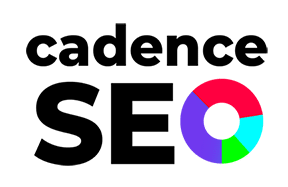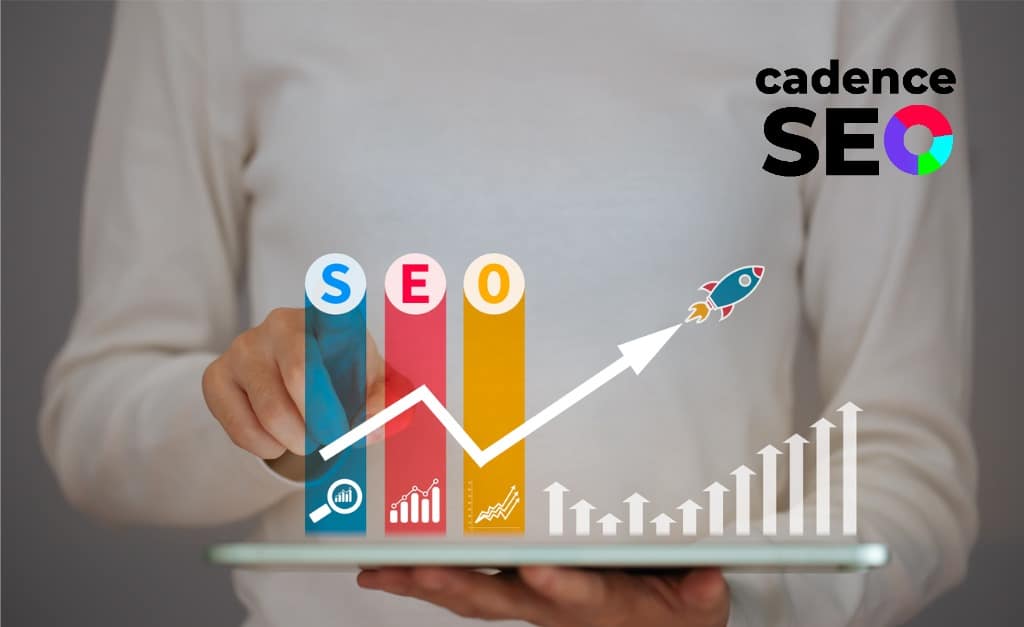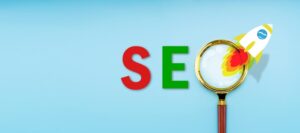Currying favor from search engine crawlers is a sophisticated, technical process. Crawlers are the gatekeepers of online brand visibility. They determine which websites should be awarded priority ranking in search engine results pages (SERPs), allowing you to generate website traffic, engage your target audience, and grow your business. On-page SEO services can provide you with the key to the gatekeepers, appeasing crawlers and setting you on the path to higher rankings.
What is On Page SEO?
On-page SEO is the process of optimizing your web page content for search engines like Google and Bing. The primary purpose of on-page SEO is to boost an enterprise’s rankings in search engine results pages (SERPs). Typical on-page SEO practices include optimizing content, title tags, internal links, and URLs.
Why is On Page SEO Important?
On-page SEO is essential for increasing organic traffic. Search engines utilize spiders, also known as web crawlers, to crawl, index, and categorize an enterprise’s website. By optimizing key elements, such as headings, content, and keyword usage, search engines can rank your site for the relevant search query. On-page SEO services provide several key benefits.
Boosts Search Engine Rankings
When you properly optimize your website, search engine spiders clearly understand your website content’s relevance and quality. It allows crawlers to properly index and categorize your site, which is key for ranking high in SERPs.
Increases Organic Traffic
As your brand gains greater visibility and higher ranks on SERPS, more consumers become aware of your products and services. Consumer awareness translates into increased organic traffic to your site. The higher the ranking, the better the chance your website will receive click-throughs from engaged consumers.
Enhances User Experience
User experience (UX) plays a critical role in determining how consumers feel when they visit your site. The easier it is for them to navigate your website, the more likely they’ll become customers. Consumers enter a query into search engines because they’re looking to solve a problem, and your enterprise may have a solution. However, if your site becomes difficult to navigate, they’ll simply move on to your competitors. On-page SEO can optimize your site to enhance user experience.
Builds Site Authority
Site authority refers to a website’s ability to rank high. When an enterprise’s website is able to cover an area of the market authoritatively, search engines award them with priority ranking. User behavior and links help search engine spiders determine a website’s level of authority. On-page SEO can utilize keyword research to help target a particular topic, pushing content to the forefront of SERPs.
Boosts Conversion Rates
Your website gains higher visibility when you create engaging content and optimize it with on-page SEO techniques. As your site’s ranking climbs in SERPs, consumer confidence in your authority grows. Engaged consumers typically click on the top result of their search query. Your conversion rates will rise with more consumer traffic reaching your digital doorstep.
What are the Elements of On Page SEO?
Several on-page SEO elements help search engines make sense of what your website is all about. When spiders are clear on your content, they can present it accurately to consumers in SERPs. Here are some essential components of on-page SEO:
E-E-A-T
E-E-A-T—experience, expertise, authority, and trustworthiness—is what Google crawlers assess when ranking the quality of content on website pages. On-page SEO optimizes your website to prove your site’s worthiness to spiders tasked with categorizing your content, which will help you earn higher rankings in SERPs.
SEO Title
The SEO title is the first thing the search engines see. When optimizing your website, properly structure your SEO title so that you’re letting the search engines know what you would like the page you are working on to rank for.
The structure of the SEO title is important. Depending on Google’s spiders and algorithms, the general rule is that you have 50 – 65 characters to get your point across when it comes to your desired keywords. The first position in the page title should be your target keyword, followed by a secondary keyword you want to focus on.
Note: Many companies make the mistake of leading with their brand name when it comes to page titles, which can result in a high amount of branded searches. This approach works against the idea of SEO, as your goal should be to target high-converting, unbranded keywords.
Header Tags
Header tags outline the main sections of information on a page. Properly marking up your content with header tags is another way of letting the search engines know what your goal is when it comes to ranking the target page. The proper use of header tags can send clear signals to crawlers, helping them better understand what the content is all about.
It’s important to note that many search engine spiders don’t spend their whole day reading every bit of content that you put on your website. They basically skim the pages, looking at the headers for guidance. For that reason, you want to have a strong H1 tag. In many cases, the H1 is the page’s title, depending on the platform your website is built on, such as wordpress or hubspot. Try to have it be different from the SEO title or title tag whenever possible.
From there you would mark up the rest of the document with H2, H3, and H4 headers as needed. It will help the search engines effectively skim your webpage and understand the content. The easier it is for the crawler to understand your content, the better results you should have in the search engine rankings.
Internal Links
While internal linking is a great way to boost website authority, it also guides your content-hungry readers. Internal links point them to even more high-quality content, which can help satisfy their interests and needs. As readers click on the strategically placed anchor text in an article, it will take them to yet another interesting piece of content on your website. Engaging with more of your content will help keep readers on your site longer, which can signal to search engine crawlers that your content is trustworthy.
Content
Content is king. Consumers enter queries into search engines because they’re looking to solve a problem. Creating engaging content that will help satisfy their wants and needs will entice them to interact with your site.
There’s been a lot of chatter in the SEO world when it comes to content length. Some SEO experts believe that a longer word count in content equals higher quality in the eyes of crawlers. Other experts are skeptical of this theory. One thing is certain: search engine algorithms pay a lot of attention to putting out quality content that answers the search query.
As a rule of thumb, it is important to look at the keyword rankings to find out who is ranking for the target keyword and understand how many relevant links (off-page) and how many words that content has to get a baseline for what you should target if you want to own the top spot for your target keyword. Once you see who’s ranking ahead of you, you can analyze that page or post to see what it will take to get you to the top 3. A digital marketing consultant can help you conduct keyword research and formulate a plan for creating high-quality content for your website.
What are On Page SEO Services?
On-page SEO services drive a brand’s ability to connect with a target audience and grow sales effectively. Here are some important services on-page SEO offers:
Keyword Research
Keyword research seeks to target high-value keywords, which provide high search volume with low competition. With the right keywords, organic traffic will increase.
Page Optimization
Page optimization boosts a brand’s online presence by using strategically placed keywords in areas such as title tags, header tags, and descriptive tags.
Content Creation
Content creation revolves around topics that engage a target audience by providing valuable information that can satisfy their problems, needs, and interests. Carefully crafted, high-quality content can build your credibility and establish your brand as an authority in the market.
Internal Linking
When consumers land on your site, you want them to stick around for a while. Internal linking provides a user-friendly experience, allowing visitors to navigate easily between valuable content, products and services, and more. With streamlined internal linking, search engine crawlers can index your site more efficiently.
Page Speed Optimization
Search engines like Google have speed standards that need to be upheld. For a user-friendly experience, website pages should be able to load in under three seconds. Page speed optimization ensures your site loads fast!
How To Choose the Best On Page SEO Services
Regardless of your business size, all enterprises can benefit from on-page SEO services. Here are a few tips to determine which on-page services are right for your company:
Expertise
When shopping for an SEO agency, consider their track record and experience in the digital marketing industry.
Testimonials
What do their previous or current clients have to say about their experience? How has the SEO agency helped their business grow with on-page SEO services?
Tailored Strategies
Every company has unique needs and goals. Will the SEO agency provide an on-page SEO strategy that’s custom fit for your business? Also, will it be affordable?
Communication
The popularity of on-page SEO services means digital marketing agencies and consultants simultaneously provide service to several clients. What is the level of communication you can anticipate from your SEO consultant? Will you receive regular updates?
Develop an On Page SEO Strategy with Cadence!
CadenceSEO is a full-service digital marketing agency. While on-page SEO services are one of our specialties, we can offer guidance in many other digital marketing areas, such as off-page SEO, web design assistance, pay-per-click (PPC) consultancy, and much more! Cadence can create a custom SEO strategy with affordable services to fit your business’s unique needs and goals. If you’re interested in optimizing your website, contact our team of SEO experts for a free consultation today!






